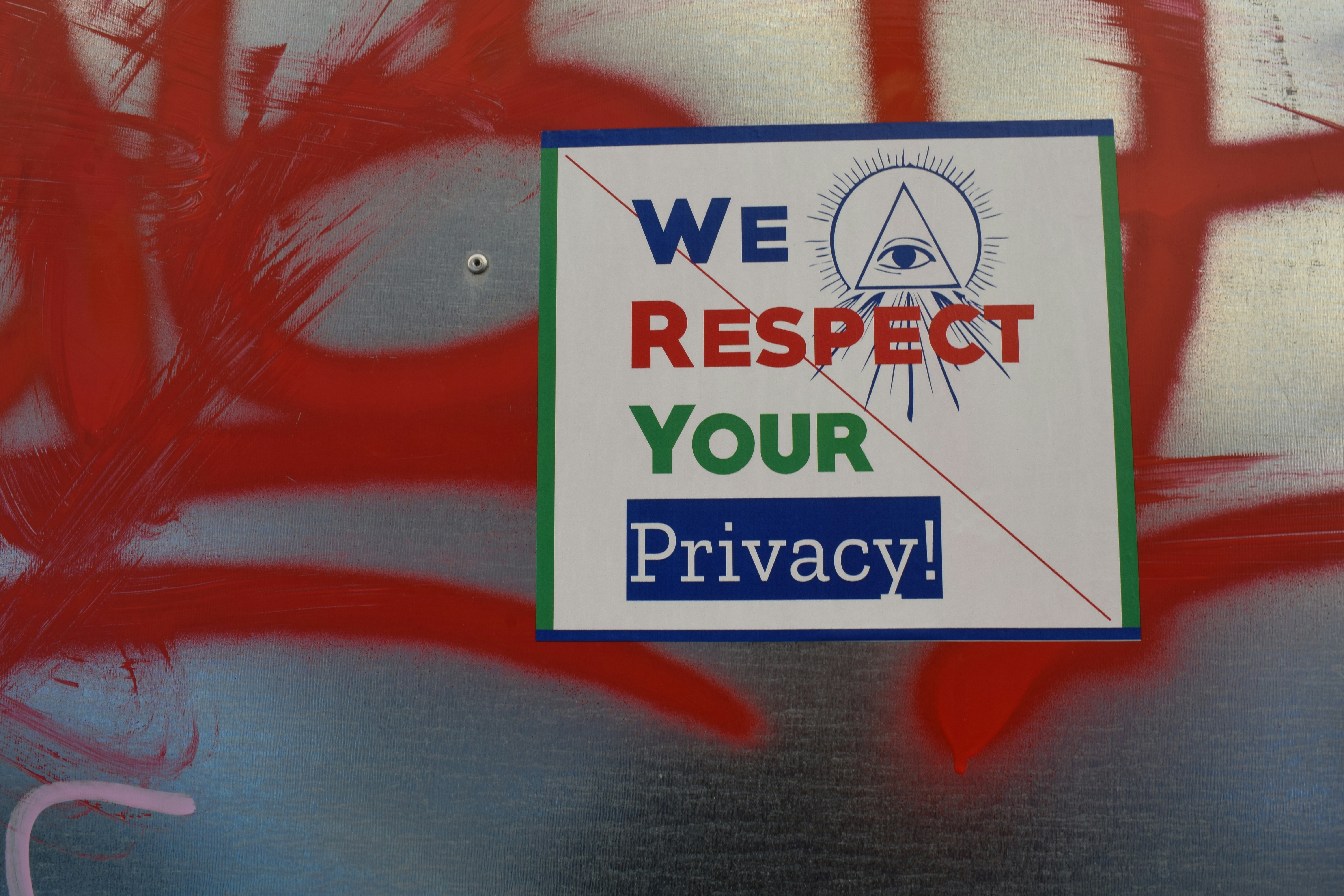Examining the Role of Presidential Pardons in the American Legal System
The Presidential pardon, a provision in the U.S. Constitution, has become a topic of discussion in recent times. This article delves into the historical background of this constitutional provision, its implications, and how its use has evolved over time.

Background: The Presidential Pardon in Historical Context
The power to grant pardons is vested in the President by Article II, Section 2, Clause 1 of the U.S. Constitution. This provision was inspired by the British monarchy’s royal prerogative of mercy. The founding fathers, however, were careful to limit this power by excluding cases of impeachment from its scope.
How the Presidential Pardon Works
The President’s pardon power extends to federal crimes. It can be exercised at any time after a crime has been committed, even before legal proceedings have begun. The President can also pardon individuals who are already serving their sentences. While the pardon does not expunge the conviction, it does restore civil rights and signifies forgiveness from the government.
The Evolution of the Presidential Pardon
Over the centuries, the use of the Presidential pardon has evolved significantly. Early Presidents used it sparingly, mostly to calm civil unrest. In more recent times, however, some Presidents have used it controversially, granting pardons to political allies or in situations that could be perceived as conflicts of interest.
Current Developments and Controversies
The use of the Presidential pardon has been a subject of controversy and debate in recent years. Critics argue that some recent pardons have been politically motivated, eroding the integrity of the legal process. Others, however, maintain that the Presidential pardon remains an essential tool for mercy and justice, particularly in cases where the legal system may have failed.
The Impact of Presidential Pardons on Society
Presidential pardons inevitably have significant societal implications. They can provide a second chance to individuals who have rehabilitated, or they can undermine public faith in the justice system if perceived as unjust. Decisions on pardons can also reflect societal norms and attitudes towards crime and punishment.
Conclusion
The Presidential pardon is a complex aspect of the U.S. legal system. Its use and interpretation have evolved over time. As with any legal provision, it needs to be exercised judiciously to maintain public trust in the legal process. Understanding its historical context, current usage, and societal impact is vital for any engaged citizen.




